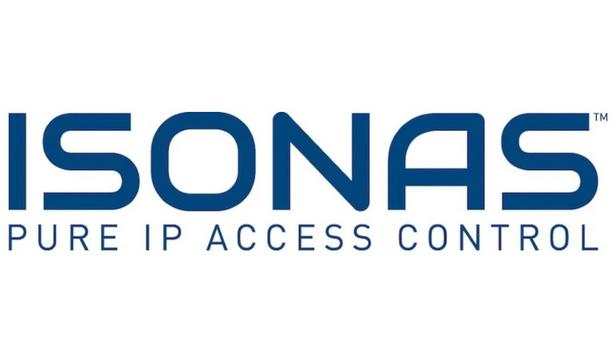Like other hospitals around the country, Sinai Hospital of Baltimore deals with the often competing goals of improving patient safety and satisfaction, nurse satisfaction and nursing efficiency, all while controlling costs. A recent project – the installation of single-patient, automated medication cabinets in each patient room – has resulted in improvements in all of these areas.
The initial goal of the project was to decrease the potential for error during medication administration by moving the entire process to the patient’s bedside. The IP network enabled medication cabinets are in the patient’s room, thus eliminating the need for the Registered Nurse to make repeated trips to a centralised medication storage point, such as a medication cart. According to Bonnie Hartley Faust, MS, MBA, RN, Director of Patient Care Services for Sinai Hospital, “The new cabinets were a hit with our nurses from the start. Having the patient’s medications right at the bedside has not only improved efficiency, but it has afforded us an added level of medication safety. The nurse is better able to ensure that the correct meds are dispensed to the correct patient at the correct time. This added security has made the cabinets quite successful with our patients as well.”
Provide access privileges for medical personnel
The medication cabinets utilise the ISONAS IP PowerNet™ reader-controller to provide access privileges for medical personnel to the cabinets. To gain cabinet entry, the nurse simply passes her/his employee identification card in front of the cabinet’s PowerNet reader and the door opens automatically. Once the patient’s medications are removed, the cabinet door automatically closes and locks. Ms. Faust notes, “In the past, we were challenged with issues like medication cart doors that could be left open or batteries that died leaving the carts without an automatic locking function. Our new process is much more reliable. When the nurse walks away from the cabinet, the medications are immediately safe and secure. It’s a very good feeling.”
Each cabinet can be individually assigned access privileges for that location with almost infinite variability as appropriate. For instance a group of nurses on a particular floor can be allowed access to specific cabinets on that floor only during the shifts they for which they are scheduled.
"Having the patient’s medications right at the bedside has not only improved efficiency, but it has afforded us an added level of medication safety", said Bonnie Hartley Faust, Director of Patient Care Services for Sinai Hospital |
By the same token, pharmacy personnel who stock the cabinets can be assigned access at predefined time periods if desired. Since the more than 400 cabinets at Sinai Hospital are managed on a single server in the hospital’s existing internal computer network, administration of access privileges for the over 1,000 staff members who need medication cabinet access is simple and can be granted in minutes.
Monitors each cabinet’s usage
Because the ISONAS system also allows for the monitoring of each cabinet’s usage, the Nursing System Administrator is able to analyse and monitor activity trends and events. For example, if patient medications are not accounted for properly or are found to be missing, records of who accessed the cabinet and when are easily determined.
“I have seen estimates of the median compensation award for a medication error at over $600,000 per incident. That being the case, our project’s payback period could conceivably be measured in months, not years”, says Ms. Faust. The implementation of the in-room cabinets was completed by Sinai’s own Capital Improvements, Facilities and Information Services staff, under the direction and supervision of Ms. Faust as project leader.
During the deployment of the cabinet system there was minimal disruption of the hospital’s on-going operations, as the solution leveraged the data infrastructure already available throughout the organisation. Increased efficiency and better, safer patient care resulting in real cost savings – all have been achieved with the ISONAS system.

















